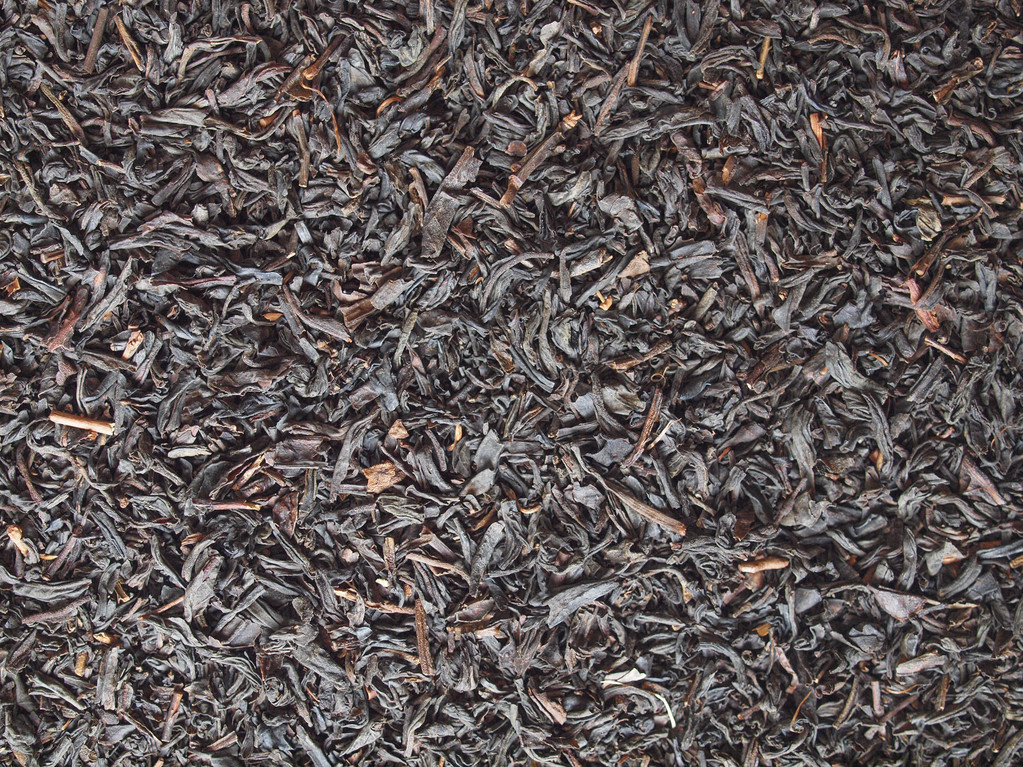Pu-erh tea is one of the most precious and oldest types of tea in the world. It must be matured and prepared in a special way. Here you will find all the background information about the world-famous tea from China.
Pu-erh tea is probably one of the oldest types of tea in the world. The precious tea comes from the province of Pu-Erh, from which the name of the tea variety comes. Pu-Erh is a highland region in southwest China where tea has been cultivated for over 1,700 years. Traditionally, Pu-Erh tea is made from the leaves of the Qingmao tree. This relative of the tea plant can grow up to 30 meters tall and over 800 years old.
But not only the history and the origin of the tea are extraordinary. Its special maturing processes and preparation methods also make Pu-Erh tea a myth-enshrouded treasure among tea lovers.

Pu-erh tea: origin and traditional production
Traditionally, pu-erh tea, like good cheese or fine wine, needs a long maturing process. There are particularly valuable varieties that have matured for more than 70 years. It is hardly surprising that lucrative business is being done with tea in China.
The background to the long maturation process is fermentation. Because Pu-Erh is the only tea in the world that is actually fermented:
Traditionally, the leaves of the tree are lightly steamed after harvesting and then pressed into small cuboids or round cakes before they are stored.
After some time, small microorganisms form at the breakage points of the leaves under the influence of oxygen, which start the ripening process. Years of work by numerous bacteria and fungi ensure this
The microorganisms metabolize the tea leaves, including the bitter substances they contain. The tea tastes pleasantly mild and slightly sweet.
The time from the harvest to the tea that is ready to be enjoyed lasts on average between five and ten years. But even then, the maturation process is never quite complete and theoretically continues to take place. Particularly expensive teas mature over several decades. The finished tea is packed in round tea cakes (see picture) or sold loose in a bag.
Artificial maturation of pu-erh tea
Today, teas are often artificially matured to shorten storage times. This practice dates back to the 1070s. At that time, the traditional maturing process of pu-erh tea was changed for the first time in a Chinese tea factory:
The employees added the same microorganisms, which colonize themselves years later during dry ripening, to the harvested leaves much earlier. Also, they stored the tea in a humid environment.
Under these changed conditions, the tea only needed 42 days to ripen instead of five years.
Another advantage: the ripening process can be better controlled.

You can buy pu-erh tea in loose and pressed form. The same brewing times apply to both, with the pressed variant only a little preparatory work (step 1) is added.
First, carefully remove a few leaves from the pressed tea block. If possible, do not scratch or break them out: the more cracks there are, the more bitter the tea can taste later.
Then you have to rinse the dissolved tea. To do this, pour boiling hot water over the leaves in a tea strainer or pot and let the brew steep for just a few seconds. This first infusion is then completely tipped away.
Only now does the actual preparation begin. Since you rinsed your tea with hot water beforehand, the leaves now open all the more easily: Pour boiling water over the tea again. Then let it steep for about 15 seconds. Note: Every tea is slightly different. Take the recommended brewing times from the pack or ask them directly in the store.
Thanks to the intense aromas of Pu-Erh tea, it can be re-brewed almost as often as you like. But the first infusions are always the strongest. Therefore, increase the length of the brewing time from a few seconds to two to four minutes.
It is best to store your pu-erh tea in a dark, air-permeable container. Since the fermentation continues in the packaging, you should never seal it airtight.

